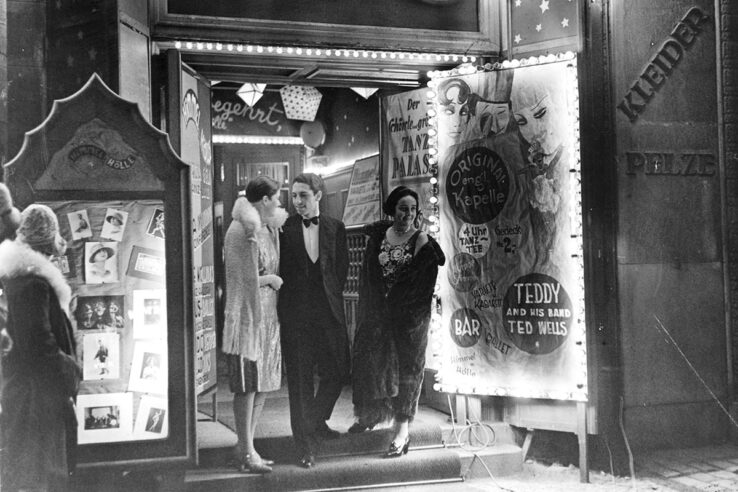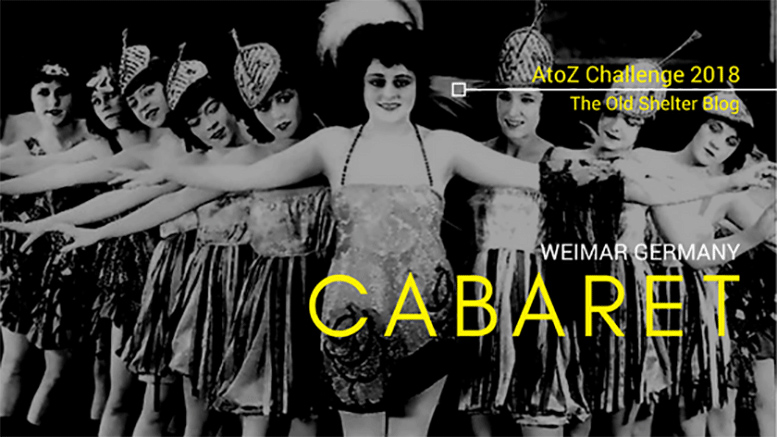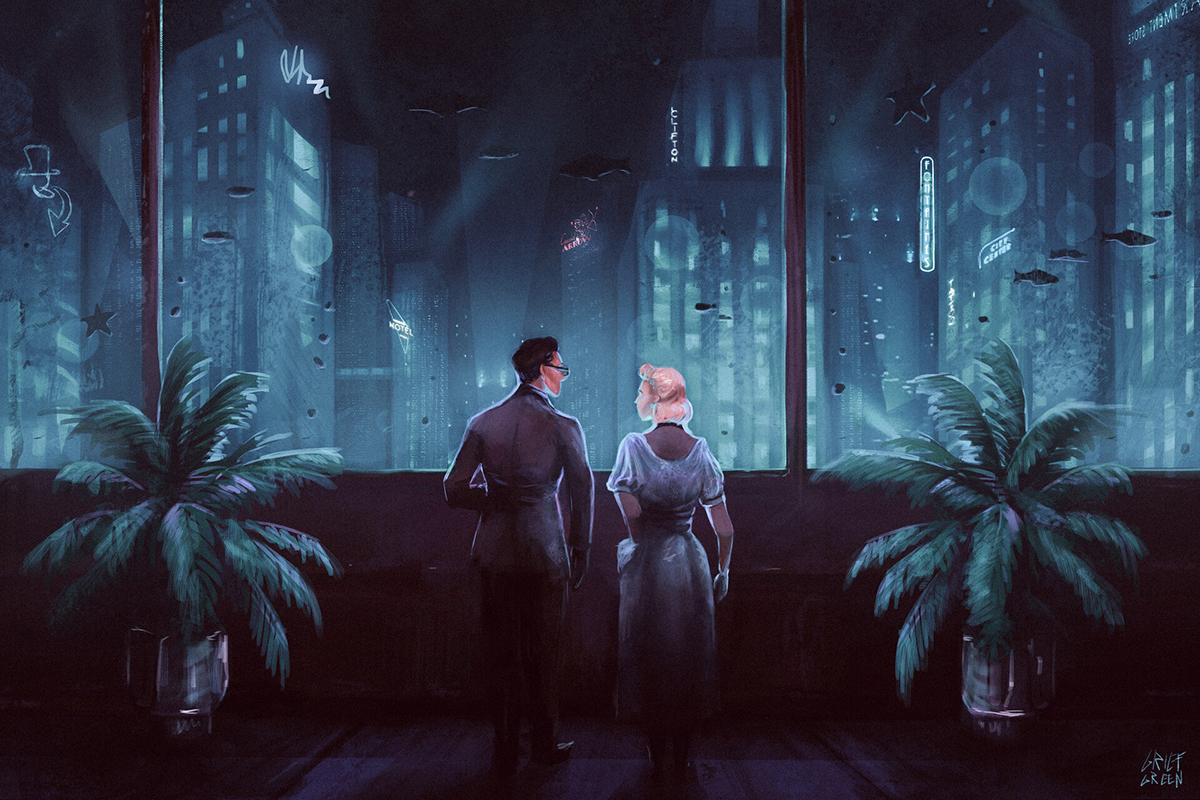Weimar culture is often identified with its cabaret experience, and rightly so. In the cabarets springing up in every big city (in Berlin more numerous than anywhere else), the extreme, modern, free postwar lifestyle found its fuller form of expression.
Cabarets were born in France in the late 1880s and from the beginning were associated with sexual innuendo and lewd shows. This form of entertainment arrived in Germany at the very beginning of the 1900s, but at the beginning, they were very different from their French counterparts, since the authoritarian imperial society didn’t allow the freedom of the French shows. German cabarets were restaurants or nightclubs where a show of singers, dancers or comedians were offered from a small stage. Nothing too risqué. Nothing too extravagant.
But as the empire died out and the republic surged, the cabarets changed the same way German urban society changed. As the republic lifted the old form of censorship, shows became bolder and more salacious. Dancers became more and more scantily dressed and their dances and songs ever more suggestive. Crossdress wasn’t uncommon. Harsh political satire was so popular that some cabarets specialized in it. A very characteristic form of German cabaret that would become knows as Kabarett.
It was indeed a subversive form of art, where modernism and non-naturalistic (therefore non-patriotic, as some considered them) expressions found a place. Everything was grotesquely distorted, and still it was perfectly recognizable. Characters belonging to the lower life (prostitutes, gangsters, corrupted politicians) became very familiar and even loved by the public. Expressionist decors, their odd angles that suggested anxiety and represented the displacement of the new urban life and industrial war, were also very common. So was extreme makeup, which deformed the actors’ faces.
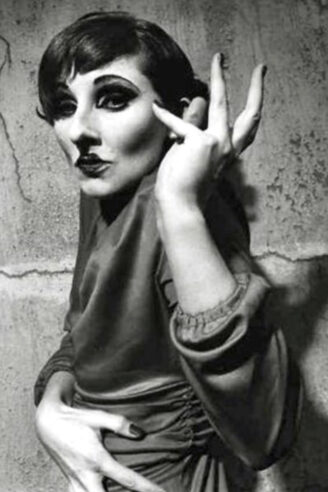
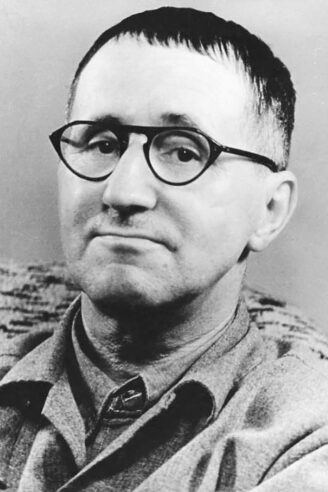
The life that Kabarett depicted was outrageously modern, extremely subversive and — in the eyes of some — utterly decadent. For most right-wing thinkers, this sort of show was clearly not enough German and altogether too degenerated, something dangerous that could taint and destroy the true German spirits. And if this was not enough, Kabarett entertainment was mostly Jewish. Owners and managers were Jews more often than not. Actors, singers, musicians and, more importantly, playwrights and authors were Jews. For the right, this made them too powerful manipulators of German culture at large. Kabarett culture, popular as it was, often became the aim of their hatred and blame.
Jazz
The city had a jewel-like sparkle, the vast cafés reminded me of ocean liners powered by the rhythms of their orchestras. There was music everywhere.
Josephine Baker
In the 1920s, Jazz in Germany was almost as popular as in America. To many people, it sounded like the modern time they were living and in a way, it was a kind of natural counterpart to expressionist visuals.
It started very early, as early as the end of the war when many African American musicians who had fought in World War I chose to stay in Europe and work there. Europe was then discovering Jazz and the social environment was more favorable to them.
As Jazz became more and more popular, many famous Jazz players and singers came over to Europe to perform, and most of them passed — as it was obvious — from Berlin, the hotbed of European Jazz.
Later in the decade, many German bands were born. The first school of Jazz in the world opened in Berlin — in the US, the cradle of Jazz, the first school only opened in the mid-1940s. While America seemed to consider Jazz a lesser form of music, many German composers incorporated it into their music, maybe because of its affinity with the expressionist movement. Many Kabarett authors — including Bertolt Brecht — used it in their plays.
This story was originally published at The Old Shelter as part of an A-to-Z challenge about the history of Weimar Germany, April 3, 2018.

